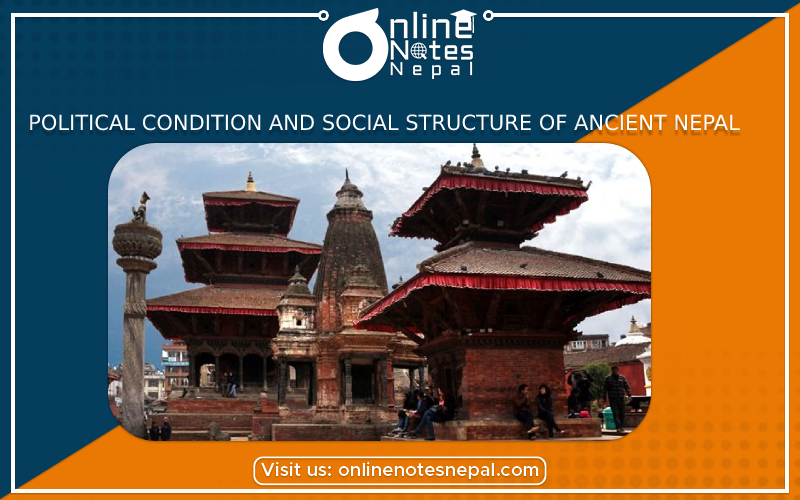Published by: Mandira
Published date: 27 Jan 2022

Different Kings from different dynasties ruled over Nepal in different eras.
According to the rules of different dynasties, the history of Nepal has been divided into three periods. They are:
Altogether four dynasties ruled over Nepal during the ancient period. They are,
Reign of Gopal dynasty
It is said that the Gopals came from Mathura with Lord Krishna ion Dwapar Yuga with their cows. The first king of Gopal dynasty was Bhuktaman. For 521 years, 8 Gopal kings were ruled over Kathmandu valley.Pashupatinath was also inaugurated by them and began to worship him.
Reign of Mahispal dynasty:
After Gopal dynasty, Mahispal dynasty had come into the power. They were also called Ahir or Abhir. Only 3 kings ruled for 161 years. The Kirants attacked them from eastern Nepal and started to set up their regime.
The Kirants
The inscription of stone tells that the Kirants probably ruled Nepal about 2700 years ago, even before the birth of Gautam Buddha. The first king of this dynasty was Yalamber. Gautam Buddha visited KathmanduDuring the rule of the seventhKirantkingand introduced Buddhism. The Mahabharata tells that Jitedasti helped Pandavas in the battle of Kurukshetra and the 14th Kirant king Sthunko offered a valuable gift from Yudhishthir on his crowning ceremony. The emperor of India visited Nepal and he built four stupas in Patan and also erected the Ashoka Pillar in Lumbini in Kirant Period. Gasti was the last king of this dynasty.
The Lichchhavis
Actually, Lichchhivis were not the local dynasties. They came to Nepal from Vaishali, India. After defeating Gasti,the Lichchhavi started to rule over Nepal.Mandev, Amshuverma, Shiva Dev and Narendra Dev were some kings of Lichchhavi dynasty who ruled over Nepal.They build Mangriha to run the administrative work. Mandev issued the first coin in the history of Nepal which he named 'MANANKA'. Amshuverma was a great Lichchhavi king of Nepal. During the rule of Shivadev I, he was appointed as a 'Mahasamant'. When Shivadev died in 605 AD, he became the King of Nepal. He had built seven-storeyed palace called 'Kailashkut Bhawan' at Devapatan from where he conducted his administration. The Chinese traveller Hiuen-Tsang has written in his account that Amshuverma was an educated king with noble character. He had written a grammar book in Sanskrit. The Lichchhavis were rich in art, culture, and philosophy.They made all around development of the country. So, the Lichchhavi period is known as the 'Golden Age' in the history of Nepal.
Different kings of different dynasties had ruled over Nepal during the ancient times.
The first king of Nepal is regarded as the Bhuktaman from the Gopal dynasty. After that, Mahispals, Kirants, Mallas, Lichchhavis ruled over Nepal. Altogether 29 Kirants kings ruled about 1200 years in Nepal. When Gasti, the last king of Gopal dynasty was defeated by the Nimish, the Lichchhavi king and started the Lichchhavi regime in Nepal.
The history of Nepal begins with the regime of Kirants. We have some images and stupas built by them. The civilization of Kirants had rich. For examples, Teku from Tengku,Farming from Fanpring, Banepa from Bhajana etc. They used to worship Lord Shiva in the form of Kiranteshor Mahadev. Birupakshya, the oldest statue of Nepal, shows the standardof the sculpture. The Kirant had their own script which was called Sirijangha. The holy book of Kirant is called Mandhum in which the rites and rituals which are to be followed by Kirants are mentioned. Buddhism was flourished under the Kirants. The physical structure of Kirants was quite good. The Kirants were short but strong. They had broad cheeks, flat nose, dark eyes and thin whiskers. They developed many permanent villages in the valley. They irrigated land and raised cattle for agriculture, meat, and milk. They lived in a joint family and their major food consists of milk, meat, green leaves, vegetables, rice , fruit, and fish. They also drink wine. They enjoyed wrestling and bullfighting. They were simple in their manner and customs.
The society of Lichchhavi was based on the caste system. They separated Brahmin, Chhetri, Vaisya and Shudra as the major caste. People used to livein the joint family. The situation of women was high in the society. King Mandev had inscribed the image of his Bhogini in his coin. Polygamy system was highly practised. King Mandev had three wives named Gunavati, Bhogini, and KshemSundari. Satee system was not compulsory but it was practised.
Educational system of Lichchhavi period was good. Amshuverma was an educated king. He had also written a book named 'Shabda Vidya'. The Veda, Purana, Smriti, Ramayan, Mahabharat and the ancient religious epics were the main books of that time.
Both male and female could wear the ornaments. King Narendra Dev used to wear various valuable ornaments. People usedto watch various Jatras and festivals for entertainment. The practice of Baraha Jatra, Kailaskut Jatra , etc is mentioned in the inscription. Dashain, Deepawali, Buddha Jayanti, etc were their major festivals. Lichchhavis also enjoyed wrestling and bullfighting.